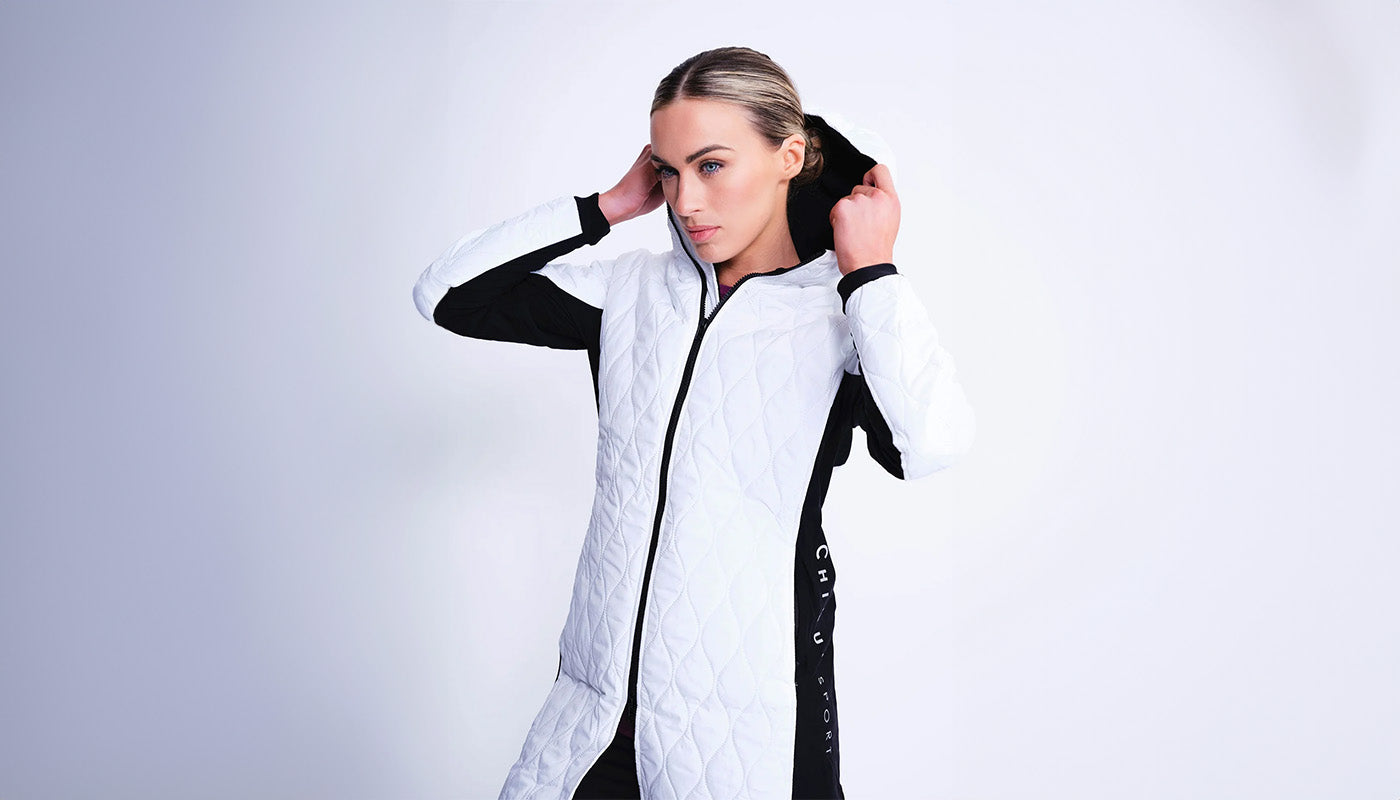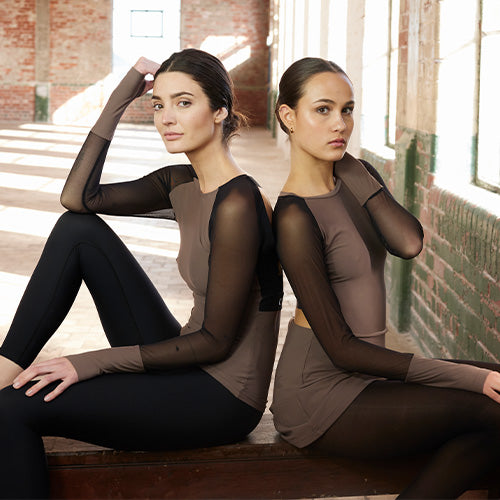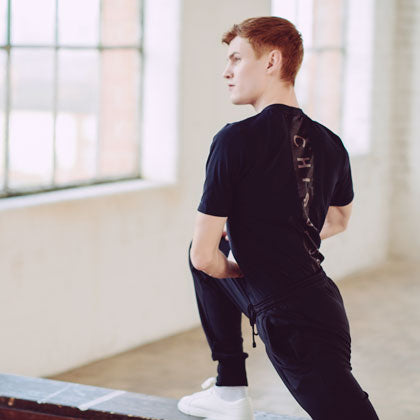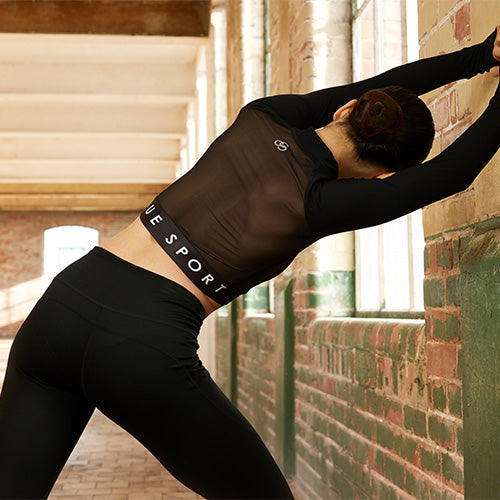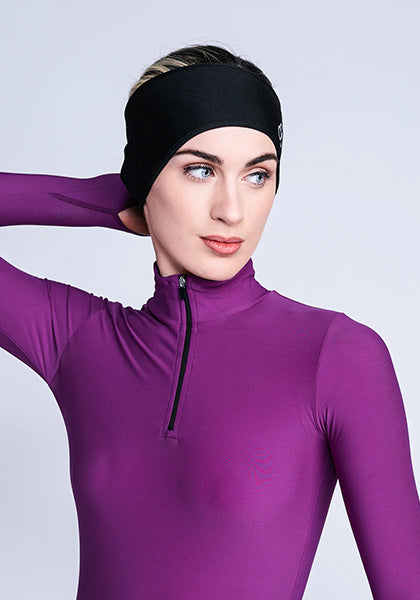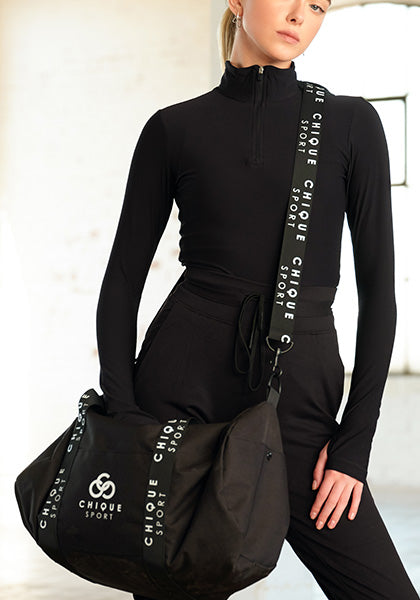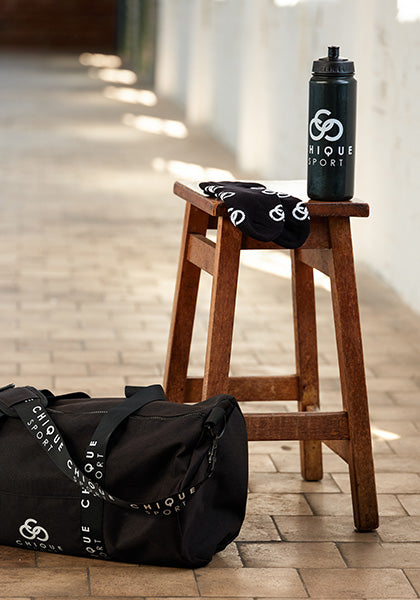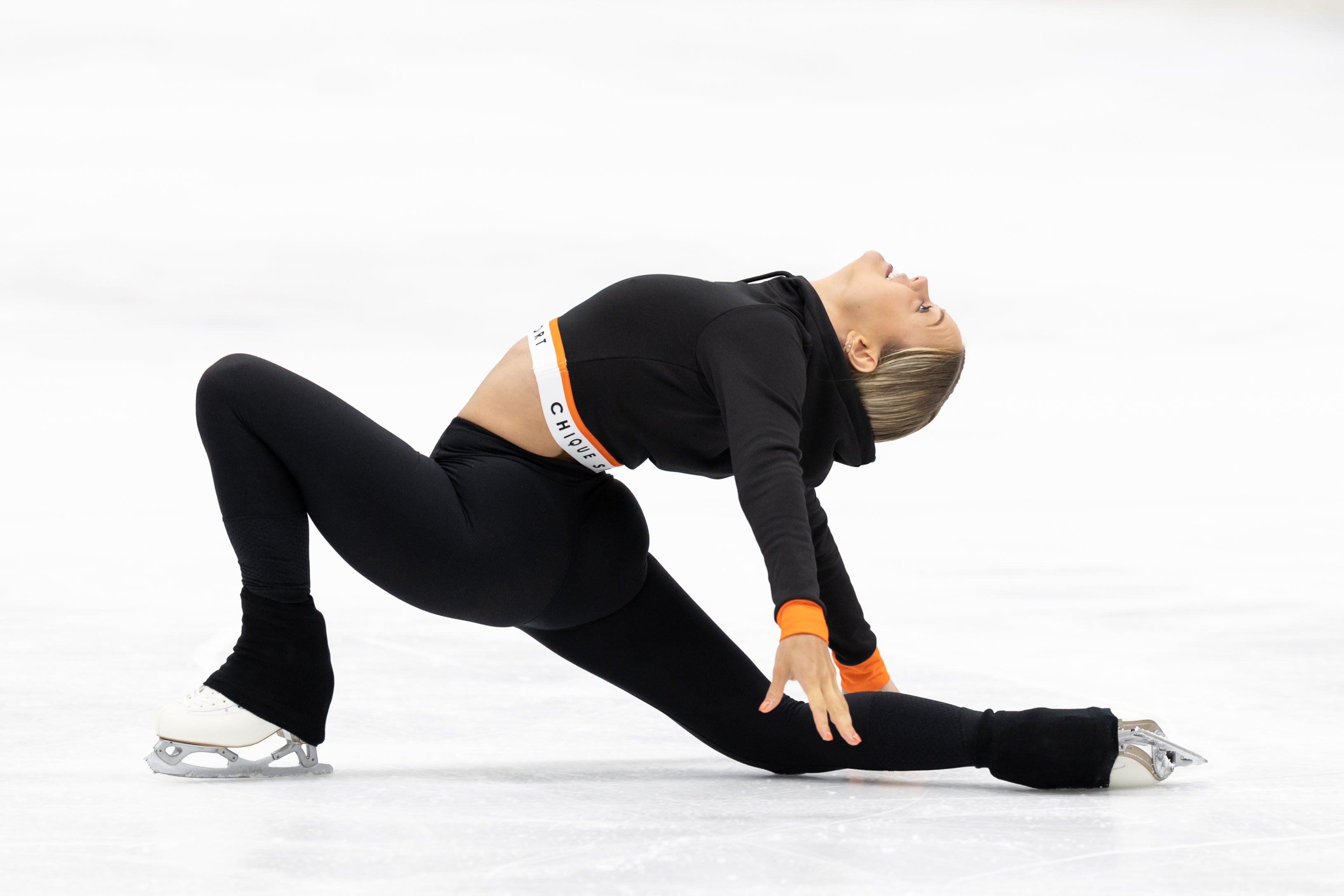Figure skating captivates many with its elegance and grace. However, beneath the glimmer of sequinned costumes and precise choreography lies a host of risks. Whether you are a seasoned skater, embarking on your skating journey, a concerned parent, or a dedicated coach, knowing the causes of figure skating injuries is essential in understanding injury prevention.
This guide aims to shed light on common figure skating injuries, delving into causes and offering insightful prevention strategies - to ensure a safer skating environment for yourself or your loved ones.
Page Contents
Common Figure Skating Injuries & Accidents
6 Ways to Prevent Figure Skating Injuries
- Warm Up & Cool Down
- Improve Strength with Off-Ice Training
- Improve Skating Technique
- Use Correct Equipment
- Check Ice Condition
- Prioritise Rest & Recovery
Treating Figure Skating Injuries
Prioritise Figure Skating Safety with Chique Sport
Common Figure Skating Injuries & Accidents
Figure skating is a rewarding yet risky sport, where skaters encounter a variety of accidents leading to injuries. These injuries can manifest immediately as traumatic injuries or gradually over time as overuse injuries, each having its own set of implications on a skater's health and performance.

Causes of Figure Skating Accidents
The root causes of figure skating injuries are as diverse as the skaters themselves, varying across different levels and types of skaters.
Poor technique, often a result of inexperience, can lead to awkward falls and incorrect landings. Overtraining, a common pitfall among dedicated skaters, can result in overuse injuries, while equipment issues such as ill-fitting skates can exacerbate the risk of accidents.
Additionally, young skaters undergoing growth spurts may find themselves more prone to injuries due to the changing dynamics of their bodies.
Types of Figure Skating Injuries
We have compiled a list of common figure skating injuries, shedding light on how they can occur on the ice:
- Cuts & Lacerations - The sharp blades of skates are necessary for performance but can cause cuts and lacerations, especially to fingers during falls or close encounters.
- Stress Fractures - Repetitive stress on the legs can lead to conditions like shin splints or stress fractures, often a result of overtraining or repetitive strain injuries (RSI).
- Ankle Injuries - Skaters are prone to a range of ankle injuries including Achilles Tendonitis, Bursitis, and lace bite, often stemming from the rigorous demands of the sport and inadequate footwear.
- Hip & Knee Injuries - The high-impact nature of figure skating can lead to injuries like Jumper's knee, patellofemoral syndrome, or ACL tears, especially during jumps and landings.
- Hand & Wrist Injuries - Falls on ice are common, and instinctively extending hands to break a fall can result in wrist and hand injuries.
- Head Injuries - Extreme falls on ice can lead to serious head injuries including concussions - this shows the importance of learning proper falling techniques and wearing protective gear.
6 Ways to Prevent Figure Skating Injuries
At Chique Sport, we've collaborated with professional figure skaters to devise a comprehensive six-step approach to significantly reduce the risk of ice skating injuries. These preventative measures are grounded in both practical and professional experience.
1. Complete a Warm-Up & Cool-Down
Engaging in a thorough warm-up routine can help prevent strains and sprains during figure skating, by increasing blood flow to muscles and enhancing your flexibility. For an effective warm-up try jogging in place, dynamic stretches like leg swings, and joint rotations.
A cool-down routine also helps to gradually lower the heart rate, reduce muscle stiffness, and promote recovery, which is crucial in preventing overuse injuries. When you’ve finished training, try static stretching and foam rolling to alleviate muscle tension.
2. Build Strength with Off-Ice Training
Incorporating strength and conditioning exercises like squats, lunges, and core workouts can enhance muscle strength, improve balance, and therefore reduce the risk of injuries during skating. For best results, we recommend completing your off-ice strength training three to four times a week.
Off-ice clothing is another way to aid injury prevention, helping provide comfort and support during your off-ice training sessions. Utilise Chique Sport’s range of off-ice products, including our off-ice figure skating leggings which have been specifically designed to meet the needs of figure skaters.
3. Continually Improve Skating Technique
Learning the correct way to fall on ice skates can significantly reduce the impact of a fall and prevent severe injuries. When falling, it’s important to tuck in your chin to prevent head injuries and keep your hands in a fist to protect your fingers.
Mastering the proper techniques to stop on the ice also reduces the risk of collisions and provides more skating control. One stopping technique used in figure skating and skiing is the “snow-plough” - this is when you turn out your heels and gradually apply pressure to the inside of the skate to safely come to a stop.
4. Use the Correct Skating Equipment
Ensure your skates fit well by having them properly fitted by a professional or your coach - make sure the skates are laced correctly, and the blades are sharp and well-maintained. Getting your blades sharpened every six to eight weeks and replacing your boots when needed can significantly aid in injury prevention. If your boots need replaced key signs to look out for include creasing around the ankle and cold feet.
Wearing protective gear can significantly reduce the severity of injuries during falls, helmets and padding are particularly effective for skaters who are only starting out on the ice. For more advanced skaters, wearing padded shorts can also provide extra protection for the hip and lower back when attempting high-level jumps. Additionally, wrist guards can be useful in preventing breaks and strains during falls.
5. Check the Ice Condition
Before skating on in-door ice rinks be sure to check for rink defects, debris, or uneven ice which could cause trips and falls. On outdoor ice-rinks be wary of cracks, holes, and changes in ice texture, and ensure the ice is thick enough to support your weight.
6. Prioritise Rest & Recovery
Monitor how often you perform difficult moves and take breaks to prevent overtraining and the associated injuries. For example, if you have a two-hour session, break the session up into two with a fifteen-minute break in the middle.
While repetition is important, it’s equally important to train with correct technique. If a jump or spin isn’t working, move to another element and go back to it later - this will prevent frustration and exhaustion, which can often lead to overtraining and injury.
Also listen to your body and stop skating when you’re in pain - this is crucial in preventing further injury and ensuring a longer, enjoyable skating journey.
Treating Figure Skating Injuries

- R - Initially, it's crucial to rest the injured area to prevent further damage.
- I - Following this, apply ice to reduce inflammation and alleviate pain.
- C - Compression with a bandage can also help to minimise swelling.
- E - Elevate the injured area above the heart level to further reduce swelling.
In addition to the RICE method, its always advisable to seek professional medical advice for your injuries - this is paramount to ensure a correct diagnosis and appropriate treatment plan. For more severe injuries, treatment may range from physical therapy to surgical intervention, depending on the extent of the injury.
Through a combination of immediate self-care using the RICE method and professional medical attention, skaters can effectively treat injuries and work towards a full recovery.
Prioritise Figure Skating Safety with Chique Sport

At Chique Sport, we hold the safety and well-being of skaters close to our hearts, embodying a brand ethos that cherishes every moment spent on the ice while ensuring it's done safely.
Our range of professional figure skating clothing is carefully designed to meet the demands of this graceful yet demanding sport. With Chique Sport clothing, you can enjoy quality gear that stands up to the rigours of the ice, meaning you’re well-prepared for any skating scenario.
"After decades of competitive skating, I know firsthand how important high-quality training wear is.
Chique Sport’s non-slip leggings are a must-have for any skater as they hug the body without the distraction of slippage. They also provide a cut-resistant fabric that extends down to cover the ankle and the top of the skater’s boots, protecting the leggings from rips."
- Jenna McCorkell, 11 x British National Champion & Founder of Chique Sport
Explore our full range of figure skating training wear below!
